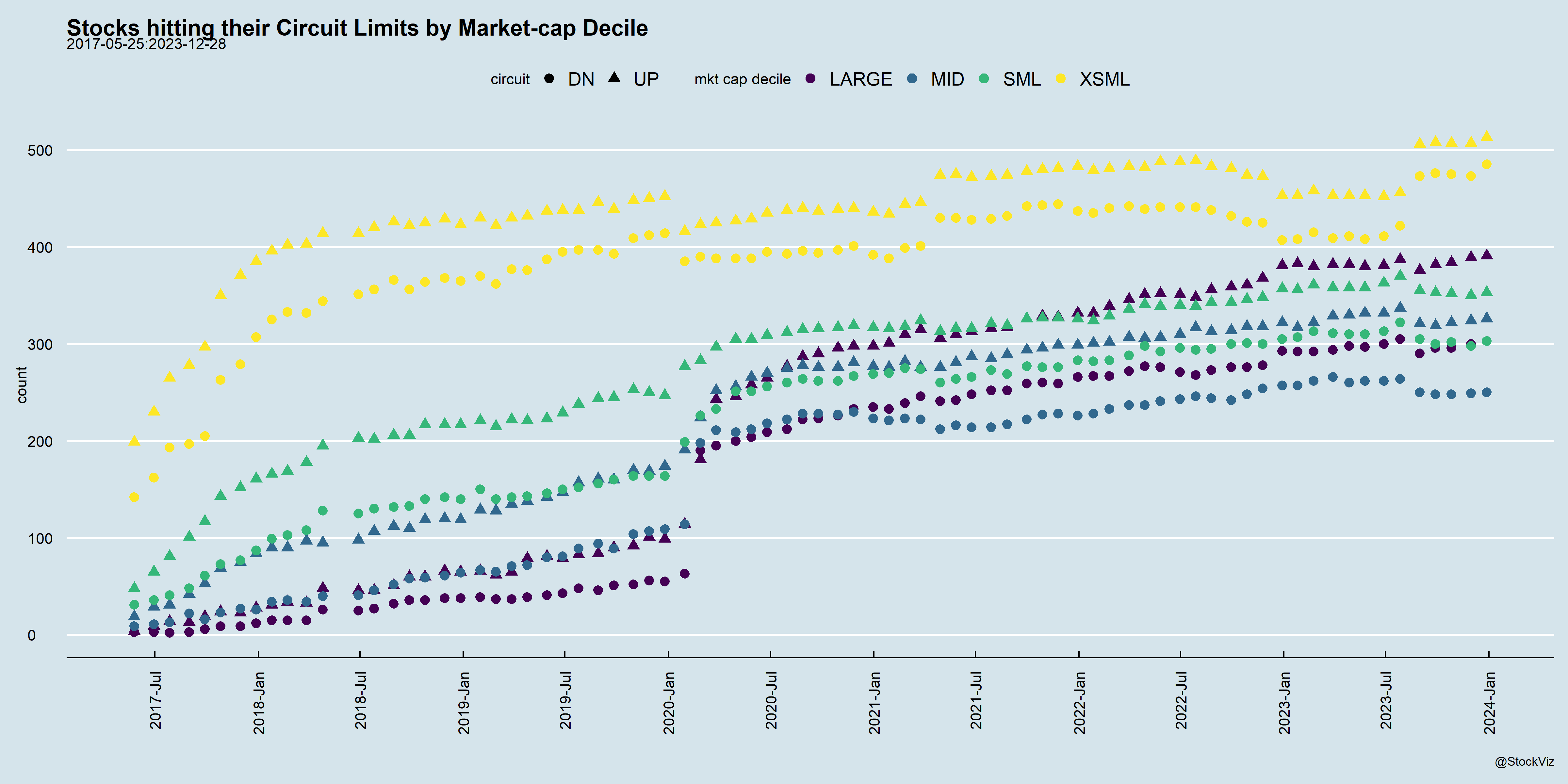Han, Yufeng and Zhou, Guofu and Zhu, Yingzi, A Trend Factor: Any Economic Gains from Using Information over Investment Horizons? (SSRN), outlines the construction of a trend factor for equities.
In this paper, we provide a trend factor that captures simultaneously all three stock price trends: the short-, intermediate-, and long-term, by exploiting information in moving average prices of various time lengths whose predictive power is justified by a proposed general equilibrium model. It outperforms substantially the well-known short-term reversal, momentum, and long-term reversal factors, which are based on the three price trends separately, by more than doubling their Sharpe ratios.
Does the paper’s claim hold true for Indian equities? Not really.

The Long-only Trend Factor underperformed a naïve momentum strategy and its corresponding benchmark. The Long-short Trend factor returns was negative.
Even after “tuning” the look-back periods, the Trend Factor failed to beat momentum.

Constructing a portfolio of stocks using trend following seems to be a dead end. Our previous attempts at this — Dynamic Linear Model v1.0 and Dynamic Equity Trend-following — have yielded similar results as well.
Momentum beats Trend-Following.
Code and charts are on github.






